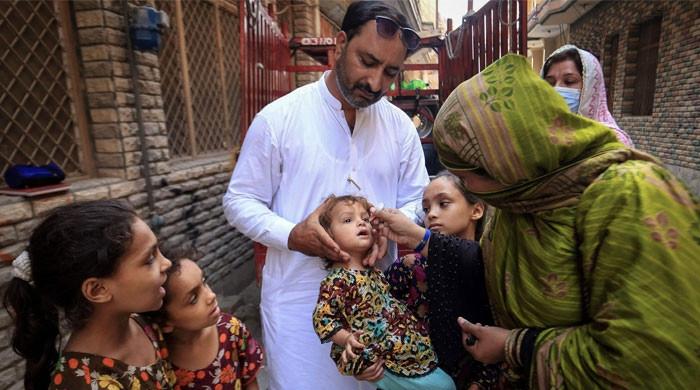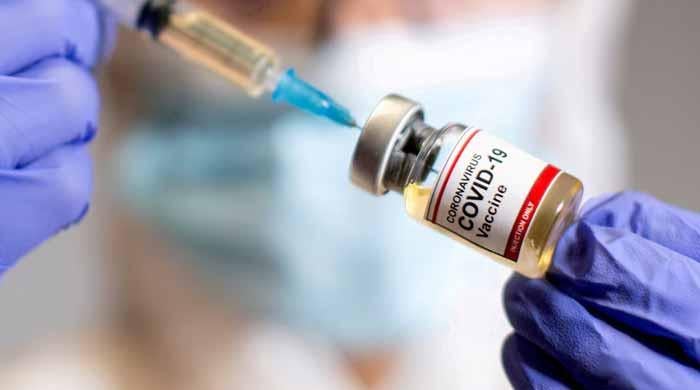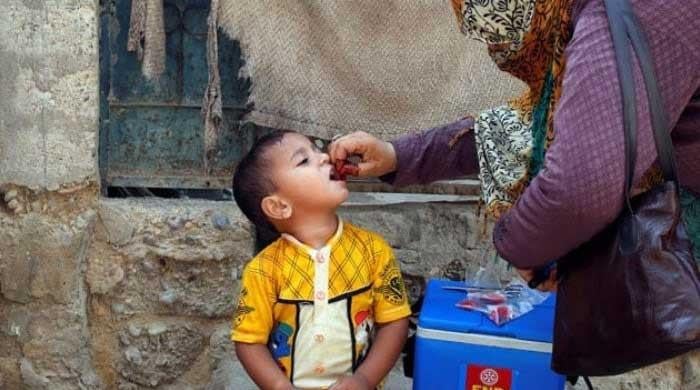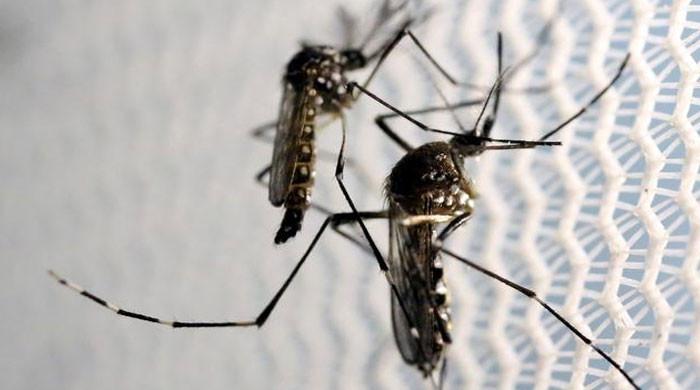Global polio watchdog terms 2019 as ‘horrible year’ for Pakistan
Polio cannot be eradicated with a vaccine that is politically and socially toxic, says Independent Monitoring Board
November 20, 2019
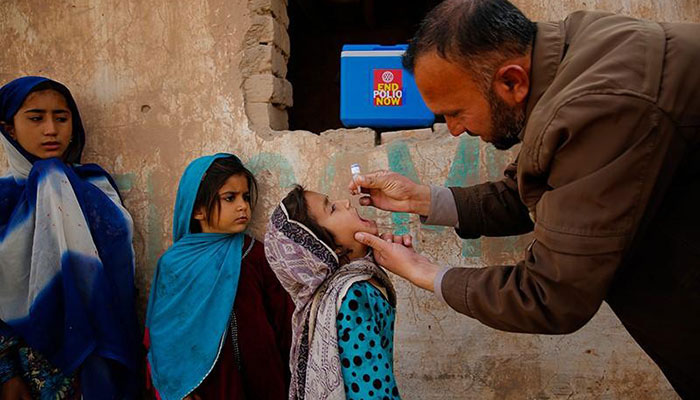
ISLAMABAD: Terming 2019 as a horrible year for Pakistan’s polio programme and ‘a year of triumph for the poliovirus,’ the 17th report of the Independent Monitoring Board (IMB) of the Global Polio Eradication Initiative (GPEI) has urged Pakistan to urgently achieve political neutrality and cross-party support for polio vaccination and better synergy between federal and provincial levels—politically and operationally.
Titled ‘The Art of Survival: The Polio Virus Continues to Exploit Human Frailties,’ the report—which is exclusively available to The News,— offers an independent assessment of progress being made by GPEI in the detection and interruption of polio-virus transmission globally. It recommends 16 actions for eradication at the global, regional, country, and local levels so that the world achieves the level of excellence required to permanently interrupt virus circulation.
In terms of what Pakistan needs to do, the IMB has called upon the government to depoliticise the polio programme and to conduct a nationally coordinated listening exercise with polio-affected communities and various stakeholders to build trust through innovative strategies.
“Polio cannot be eradicated with a vaccine that is politically and socially toxic. In Pakistan, there has been a serious controversy about the polio programme, and, perhaps for the first time, there is a risk that polio eradication may come to be seen as a partisan, rather than national issue. It is very important that clarity of leadership is in place with a revitalised and re-energised restoration of control over poliovirus by the end of the year. The polio programme in Pakistan needs to raise its game and come up with more transformative solutions,” the IMB observes.
The report states that in early 2018, Pakistan believed it was on the brink of interrupting poliovirus transmission, but just over a year later, the epidemiological picture represented a massive reversal of the trajectory because of five key reasons. These are, firstly, an overconfident assessment of the programme’s performance moving through last year; secondly, absence of transformative strategies to address deep-seated factors including the negative attitudes communities; thirdly, loss of political consensus on importance of eradicating polio and maintaining high-quality programmatic performance due to divisive working relationships within and between the government’s polio team arrangements and those of UN agencies; fourthly, increase in refusal rates due to rumours and deliberate social media seeding of misinformation about polio vaccine; and lastly, reduced acceptance of polio vaccine by communities due to organised boycotts of the polio programme to gain political concessions.
Offering a comparative analysis of 2018-19, the report traces the resurgence of polio in Pakistan to the third quarter of 2018, and its devastating intensification to the second quarter of 2019 during which a record 38 cases were confirmed, followed by 30 cases in the third quarter. Major outbreaks have occurred across North and South Khyber Pakhtunkhwa and there was also intense virus circulation in parts of Punjab such as Lahore where 88 per cent of the environmental samples and three out of five sampling sites were 100 per cent positive (as of October 19, 2019); Sindh such as Karachi, where 11 sampling sites were positive; as well as Balochistan.
“The pattern of poliovirus-positive environmental samples is another indication of the depth of the problem, the report says,” adding that within the core reservoirs of Peshawar, Karachi and Quetta block, 69 per cent of samples were positive as of October 19, 2019, compared to only 29 per cent at the end of 2018.
The report also flags increased geographical dispersal of the virus: 25 districts have reported polio cases so far in 2019 compared to just 5 in 2018. The number of infected districts, having either polio cases or positive environmental samples, has almost doubled: 51 (as of November 2, 2019), compared to 27 this time last year, the report informs. “Independently assessed technical performance (LQAS) of the programme has gone from bad to worse: the most recent vaccine rounds in Islamabad, Punjab, and Sindh scored 44 per cent, 64 per cent, 56 per cent against a benchmark of 90 per cent,” it informs.
In recommending joint actions for Pakistan and Afghanistan, the IMB has urged the two countries to follow Nigeria’s example and build a cadre of community, religious and tribal leaders to become champions of polio vaccination to build community trust.
With reference to lack of sanitary and basic health infrastructure and services in poor communities in Pakistan and Afghanistan, the IMB has proposed that a comprehensive programme be formalised to achieve coverage of all polio-endemic communities.
The IMB believes it is important to seize every opportunity to embed and integrate oral polio vaccine within wider packages of services so as to promote its ‘normalization’ and reduce its isolated profile.
The number of wild poliovirus cases in Pakistan stood at 77 on October 29, 2019 as opposed to only 6 in 2018 during the corresponding time. The figure has risen to 86 so far this year. Of these, 64 cases have been confirmed from KP, 10 from Sindh, 7 from Balochistan and 5 from Punjab.
Originally published in The News




